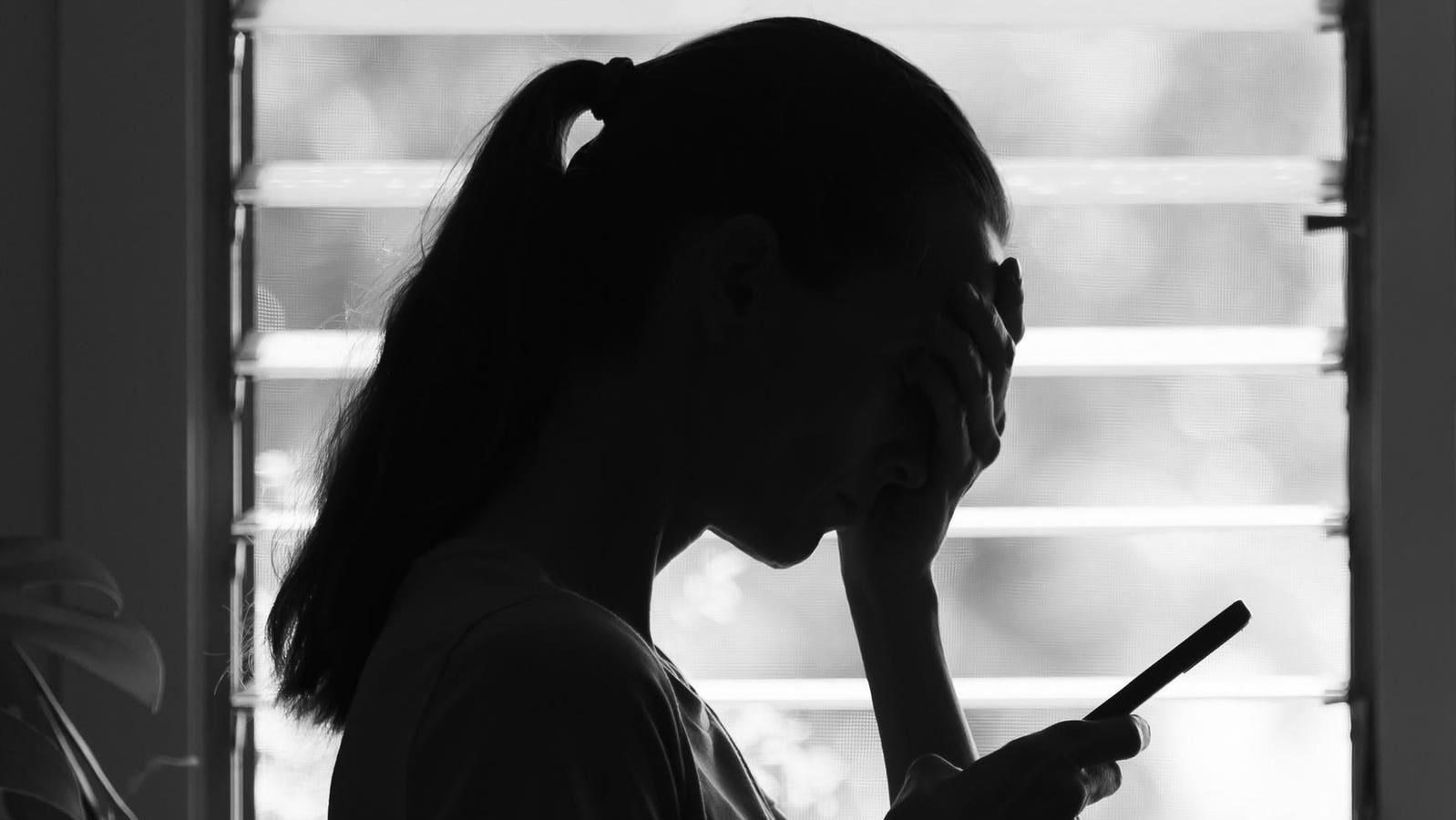Gen Z is picking up where past generations left off—with a cigarette in hand.
A cigarette lit on screen once symbolized noir, danger and cool detachment — think Bogart or David Lynch. Then came the lawsuits, anti-smoking campaigns, bans and the rise of vaping. For a while, it seemed America had finally kicked the habit. But now, a smoking comeback is underway. Zendaya lights up in “Euphoria”; Jacob Elordi does the same in “Saltburn.” Celebrities like Dua Lipa, Charli XCX, Timothée Chalamet and Anya Taylor-Joy have been spotted puffing away, becoming modern-day “cigfluencers.” In 2020, cigarette sales rose for the first time in decades — though still far below the 1981 peak of 636.5 billion. Even among teens, nicotine use is shifting from vapes back to traditional cigarettes. A recent report by Truth Initiative found that tobacco depictions in top films have increased for the first time since tracking began in 2002.
So what can we do?
From Trend to Relapse
We’ve been here before. In the early 20th century, cigarette smoking was glamorized in Hollywood, normalized by doctors and deeply embedded in American life. By the 1960s, nearly half of U.S. adults smoked. Then came the fallout: emphysema, heart disease, stroke, lung cancer. The medical evidence caught up with the image. Public health campaigns, warning labels, advertising bans and billions in legal settlements helped turn the tide. Not to mention, the astronomical price for a pack of cigarettes and the fact that there’s no longer any places to smoke in public.
The 2020 Surgeon General’s report marked a historic milestone: adult cigarette smoking in the U.S. had fallen to just 14% — the lowest rate ever recorded. It was one of the greatest public health wins of the modern era.
But smoking never truly disappeared. It shape-shifted. First into cigars and hookahs, then into sleek USB-like vape devices. Vaping was marketed as a safer alternative — a harm-reduction strategy. But the reality is more complicated. Juul didn’t kill the cigarette. It trained a new generation to inhale nicotine.
Now, we’re seeing a strange reversal: from vape to smoke. From digital detox to vintage, Instagrammable vice. And once again, public health is playing catch-up to pop culture.
A Healthcare Advisor’s Take: Why This Matters Now
In my work advising families, executives and individuals navigating complex health decisions, I’ve learned one truth: the greatest threats aren’t the ones making headlines. They’re the silent resurgences — the risks we assumed were relegated to history.
Like measles.
For over 20 years, we nearly eradicated it. Vaccines turned a once-common childhood illness into a relic. But now, declining vaccination rates and global travel have breathed life back into this preventable disease. Outbreaks are flaring in communities we thought were protected. Same goes for whooping cough.
The resurgence of smoking may look like an edgy accessory for Gen Z. But it has real consequences, especially for anyone with a family history of heart or lung disease.
What makes this moment so dangerous is the normalization. When something taboo gets rebranded as a choice — even a form of rebellion — it catches many with their guard down. People start saying things like: “I’m just a social smoker.” “At least it’s not vaping.” “I don’t inhale.”
These are the same rationalizations we heard in the 1980s. We already know where they lead.
Why the Anti-Smoking Playbook of the ’90s Worked — and Why It’s Not Enough Now
Remember those visceral commercials from the Truth Initiative? Or the public testimonies from people with tracheostomies begging kids not to smoke? Those campaigns worked because they made the consequences impossible to ignore. They also had something else: funding, legislation and social momentum.
Today, the cultural winds are different. Social media algorithms reward aesthetics, not public health. TikTok doesn’t run public service announcements. And with vaping muddying the waters, many young people don’t even understand what they’re inhaling — or how much.
Legislating Against the Cigarette Comeback
Even as smoking regains cultural cachet, some states are pushing back with unprecedented measures. Nevada could soon make history by becoming the first U.S. state to outlaw cigarette sales to entire generations. A proposed law (AB 279) would permanently ban sales to anyone born after 2004 — a rising age restriction designed to phase out cigarettes entirely.
What’s Actually in a Cigarette
For all the romanticization, cigarettes remain one of the deadliest consumer products ever marketed. A single cigarette contains more than 7,000 chemicals — 69 of which are known to cause cancer. Smoking contributes to 1 in 5 deaths in the U.S. each year. And it doesn’t just affect the lungs. The one question I’ll guarantee your doctor will ask for your next annual checkup is this: do you smoke? Smoking increases your risk of:
- Heart attacks and stroke
- Chronic obstructive pulmonary disease (COPD)
- Erectile dysfunction
- Pregnancy complications
- Bladder, kidney, pancreatic, cervical, and throat cancers
It also accelerates aging, damages skin elasticity and reduces stamina — none of which pairs particularly well with the image of glamour it’s trying to recapture.
So Why Is Gen Z Smoking?
There’s no one answer. But here are a few forces at play:
- Nostalgia: Gen Z didn’t grow up with the same anti-smoking firewalls that Millennials did. To them, cigarettes are retro — like Polaroids or landlines.
- Anxiety and stress: Post-pandemic, more people report using substances to cope. Smoking is a quick, addictive form of self-soothing.
- Influence culture: With influencers and celebrities blurring the lines between art and endorsement, cigarettes have re-entered the lifestyle conversation — sometimes without context or consequence.
- Lack of strong messaging: Public health campaigns against vaping have been scattershot. The cultural literacy around tobacco is fading. The shock factor is gone.
So What Can You Do?
If you’re a parent, provider or simply trying to keep yourself on a healthier path, here’s what I advise:
- Don’t normalize it — but don’t moralize it either.
Shame isn’t a strategy. But silence isn’t either. Talk about smoking as what it is: an addiction, a health risk and a slippery slope. - Focus on harm reduction.
For someone who smokes daily, switching to vaping might be a step toward quitting. But for someone who’s never smoked, vaping is a step toward dependence. - Personalize the plan.
Cessation isn’t one-size-fits-all. Some people respond to nicotine patches. Others need medication like varenicline or bupropion. Still others benefit most from coaching, therapy, or structured accountability. - Understand the “why.”
Smoking often masks something deeper: stress, social anxiety, trauma, or even boredom. Treat the root, not just the ritual. - Reinforce the long game.
The benefits of quitting start almost immediately. Within 20 minutes, heart rate drops. Within 24 hours, risk of heart attack begins to decline. Within a year, stroke risk cuts in half. It’s never too late.
In healthcare, it’s easy to focus only on diagnoses and prescriptions. But as advisors, we have to stay attuned to the cultural cues — the smoke signals — that precede behavior. When the smoking comeback starts trending again, it’s not just an aesthetic choice. It’s a public health flare. And if we don’t speak up early, we may find ourselves fighting an old war with new casualties. So the next time someone says, “It’s just one,” don’t ignore it. Intervene with empathy, context, and truth. Because this time, we know better.









